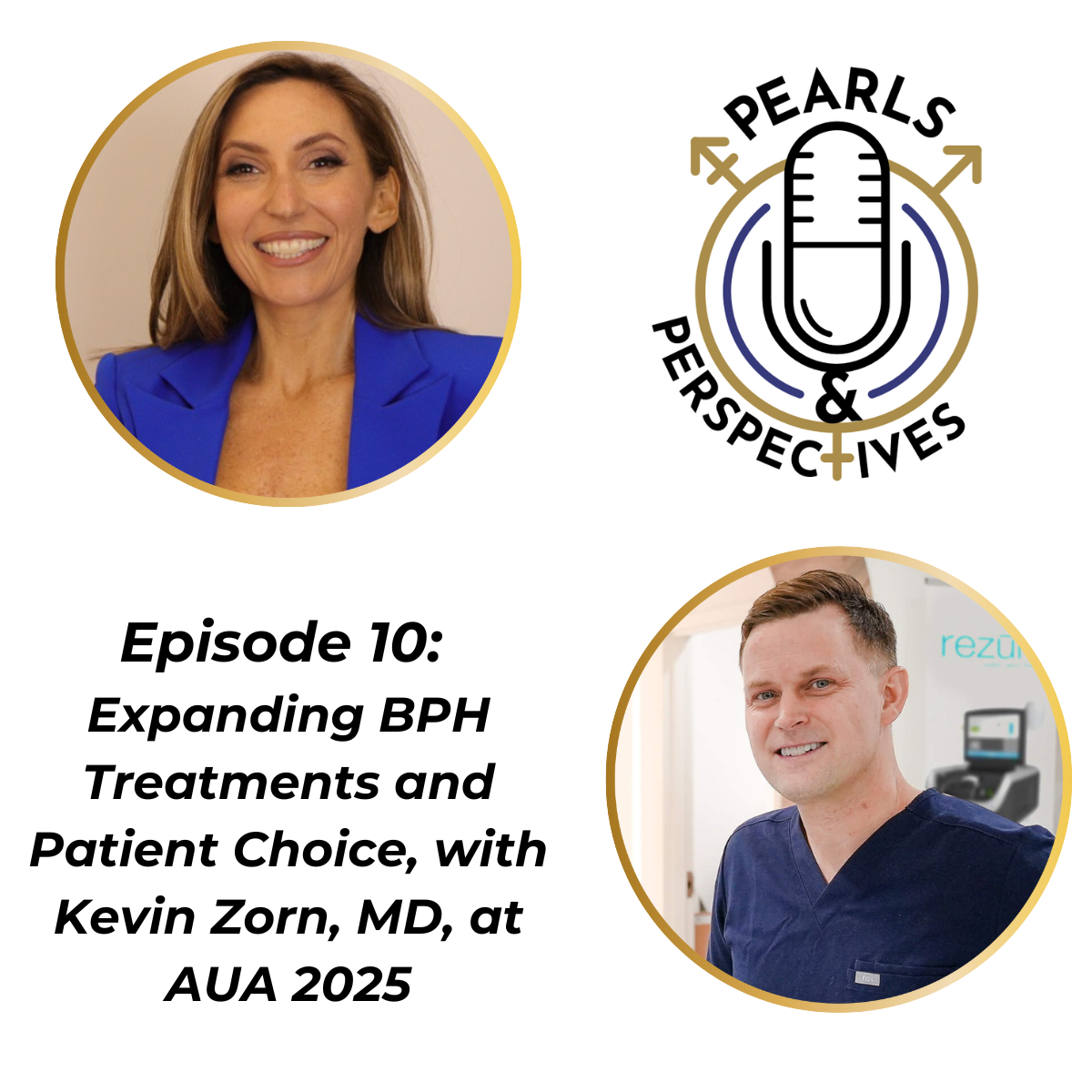News
Article
Cretostimogene yields high CR rate in BCG-unresponsive NMIBC
Key Takeaways
- Cretostimogene grenadenorepvec achieved a 75.5% complete response rate in high-risk, BCG-unresponsive NMIBC patients, with 97% remaining progression-free.
- The phase 3 BOND-003 trial demonstrated cretostimogene's efficacy, durability, and safety, with 84.5% of patients avoiding cystectomy.
"97% [of patients] remain progression free, and 84.5% avoided cystectomy, highlighting cretostimogene’s bladder-sparing potential,” said Mark D. Tyson II, MD, MPH.
Additional positive safety and efficacy data regarding the investigational non–muscle invasive bladder cancer (NMIBC) agent cretostimogene grenadenorepvec were presented at the 2025 American Urological Association Annual Meeting in Las Vegas, Nevada.1,2
Specifically, treatment with cretostimogene in patients with high-risk, BCG-unresponsive NMIBC yielded an overall complete response (CR) rate of 75.5% (95% CI: 66.3%-83.2%), according to a presentation from Mark D. Tyson II, MD, MPH, a urologic oncologist at the Mayo Clinic in Phoenix, Arizona.
The data presented were from cohort C of the phase 3 BOND-003 trial (NCT04452591). The population consisted of 112 patients with pathologically confirmed, high-risk BCG-unresponsive NMIBC with CIS plus or minus high-grade Ta/T1 disease. The investigators noted that all high-grade Ta/T1 disease was resected prior to treatment. Treatment consisted of an induction course of 6 weekly treatments, a second induction course of 6 weekly treatments for non-responders, and “3 weekly instillations for maintenance every 3 months during the first year, and then every 6 months in years 2 and 3,” Tyson said.
The study’s primary end point was CR at any time. Additional end points included CR at 12 months, duration of response, recurrence-free survival, progression-free survival, and safety.
Mark D. Tyson II, MD, MPH

“A key strength of this trial includes the use of central pathology as well as mandatory biopsies at 12 months,” noted Tyson.
In terms of baseline characteristics, “The enrolled population largely reflects who we typically see in practice. The majority were elderly, White, and male, although we did see higher proportions of Asian and underrepresented minority populations than we typically see in this space,” Tyson said. The study population was heavily pretreated; 41% had received prior chemotherapy and 6% had received systemic immunotherapy.
“As of the March 14, 2025 data cut-off, the centrally confirmed complete response rate at any time point for the efficacy population was 75.5%. 46.4% of the cohort was in complete response at a year, and 33.7% of the cohort was in response at 2 years. But perhaps even more meaningful to patients, 97% remain progression free, and 84.5% avoided cystectomy, highlighting cretostimogene’s bladder-sparing potential,” Tyson commented.
Tyson reported that the estimated duration of response probability at 12 months was 64.1% (95% CI: 52.4-73.7), and at 24 months was 58.3% (95% CI: 46.3-68.5). The median duration of response is 27.9 months and is ongoing (95% CI: 14.3-NE).
Regarding adverse events (AEs), “Cretostimogene was exceptionally well tolerated, with mostly grade 1 and grade 2 AEs. The median time to resolution of these AEs was about 1 day. There were no treatment-related grade 3 or higher adverse events. There were no treatment-related discontinuations, and there were no deaths. There were only 2 treatment-related [serious] AEs; in 1 case, a patient had a non-infective cystitis. In another case, a patient had clot retention. And I'll just note that 97% of patients completed all protocol-defined instillations, which is in stark contrast, for example, to BCG, where dose delays and holds are common,” Tyson said.
In his concluding remarks, Tyson said, “Cretostimogen offers a highly effective, well-tolerated, and durable treatment option for patients with non–muscle invasive bladder cancer that's unresponsive to BCG. It's scalable in everyday urology practice, a very familiar workflow. It's administered by the nurses, and its mechanism of action allows for it to be used either as a monotherapy or in rational drug combinations. I certainly look forward to future trials building on that foundation of the bladder-sparing landscape.”
“The compelling efficacy, durability, freedom from progression to muscle-invasive disease, and tolerability of cretostimogene offer potential, distinct advantages over existing therapies for the treatment of high-risk BCG-unresponsive NMIBC,” said Ambaw Bellete, President and Chief Operating Officer, CG Oncology in a news release about the findings.2 “Ongoing investigations of this promising monotherapy, as well as future combinations, have the potential to address a considerable unmet need for bladder cancer patients. This suggests that, if approved, cretostimogene will represent an important advancement for people suffering with bladder cancer, and we are working diligently to bring it forward to patients.”
REFERENCES
1. BOND-003 Cohort C- phase 3, single-arm study of intravesical cretostimogene grenadenorepvec for high-risk BCG-unresponsive non-muscle invasive bladder cancer with carcinoma in situ. J Urol. 2025;213(5S).
2. CG Oncology announces best-in-disease durability data in BOND-003 Cohort C and promising early signal in cohort p for cretostimogene grenadenorepvec at the American Urological Association Annual Meeting. News release. CG Oncology. April 26, 2025. Accessed April 26, 2025. https://ir.cgoncology.com/news-releases/news-release-details/cg-oncology-announces-best-disease-durability-data-bond-003

















